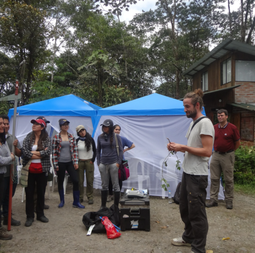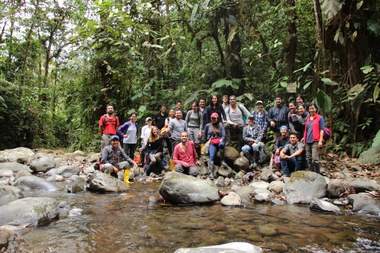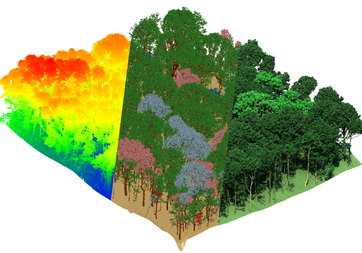News
Training Course Ecuador September 2023
In the framework of our VLIR TEAM project, we are organizing a training about 'Linking plant functional traits and ecosystem function in tropical montane forests'. The course will take place in Ecuador from 8th-14th September 2023.
COFOREC II project has ended
The COFOREC II project has come to and end. Check out the video to learn more!
Seminar on forest radiative transfer modelling
On the occasion of the public PhD defence of Chang Liu, we are pleased to invite you to a ‘Meet the PhD Jury’ seminar on forest radiative transfer modelling on the 30th of January, 2024


